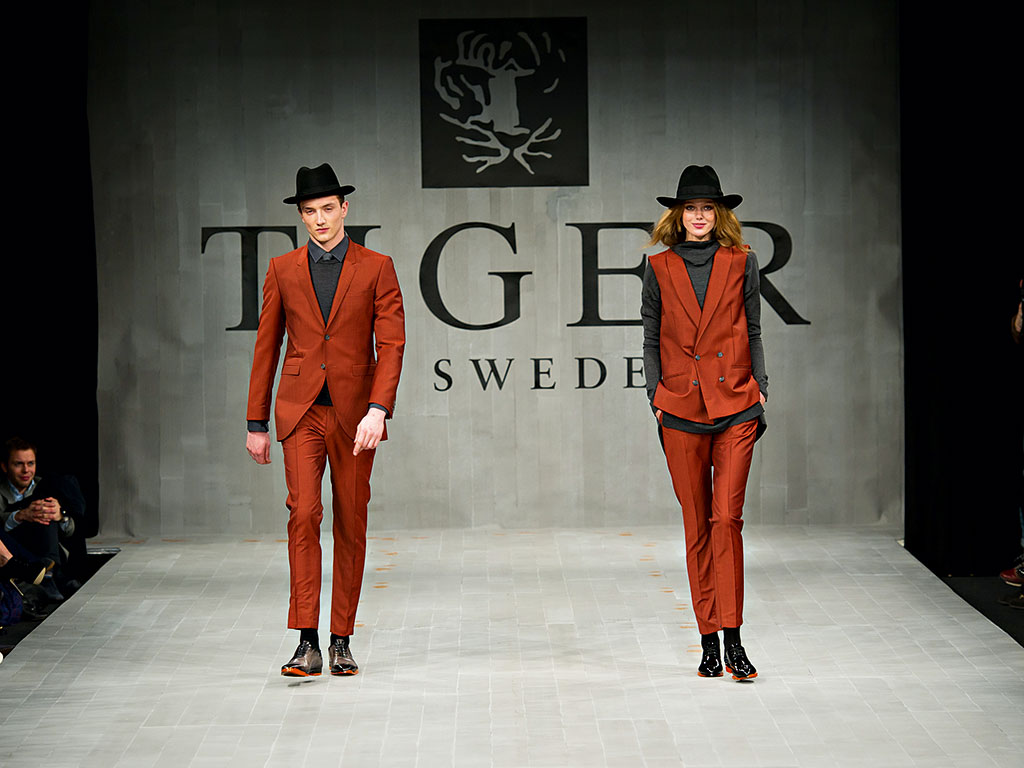Swedish minimalism has quietly evolved from a regional design philosophy into a global fashion powerhouse. Known for its clean lines, muted colors, and timeless appeal, this Scandinavian approach to style is transforming wardrobes worldwide. But why is Swedish minimalism becoming such a dominant trend in global fashion?
At its core, Swedish minimalism in fashion emphasizes functionality and simplicity. Rather than chasing seasonal fads, Swedish designers focus on creating versatile pieces that can be worn year after year. Neutral tones like white, black, beige, and soft pastels dominate collections, offering a timeless look that appeals to consumers tired of fast-fashion cycles.
Brands like Acne Studios, COS, and Filippa K have championed this movement, blending practicality with sophisticated design. Their collections often highlight essential wardrobe pieces tailored coats, oversized knitwear, well-cut trousers, and sleek accessories. The appeal lies not just in the aesthetics but also in the quality and craftsmanship behind each item.
A significant factor driving the popularity of Swedish minimalism is its connection to sustainable fashion. Many Swedish brands prioritize eco-friendly fabrics, ethical production, and a “buy less, choose well” philosophy. In a world increasingly aware of environmental concerns, consumers are drawn to styles that last longer and cause less harm to the planet.
Social media has also played a role. Influencers and street-style enthusiasts in Stockholm and Gothenburg are showcasing effortlessly chic looks that resonate globally. The understated elegance of Swedish fashion stands out against the cluttered trends dominating many online feeds.
Moreover, Swedish minimalism ties directly to the country’s lifestyle values particularly the concept of “Lagom,” which means “just the right amount.” This principle encourages balance and moderation, which extends naturally into fashion choices that prioritize comfort and authenticity over excess.
The global fashion scene is shifting toward mindful consumption, and Swedish minimalism embodies this change perfectly. From Paris and New York to Tokyo, designers and consumers alike are adopting the Nordic approach to style, proving that sometimes less truly is more.

